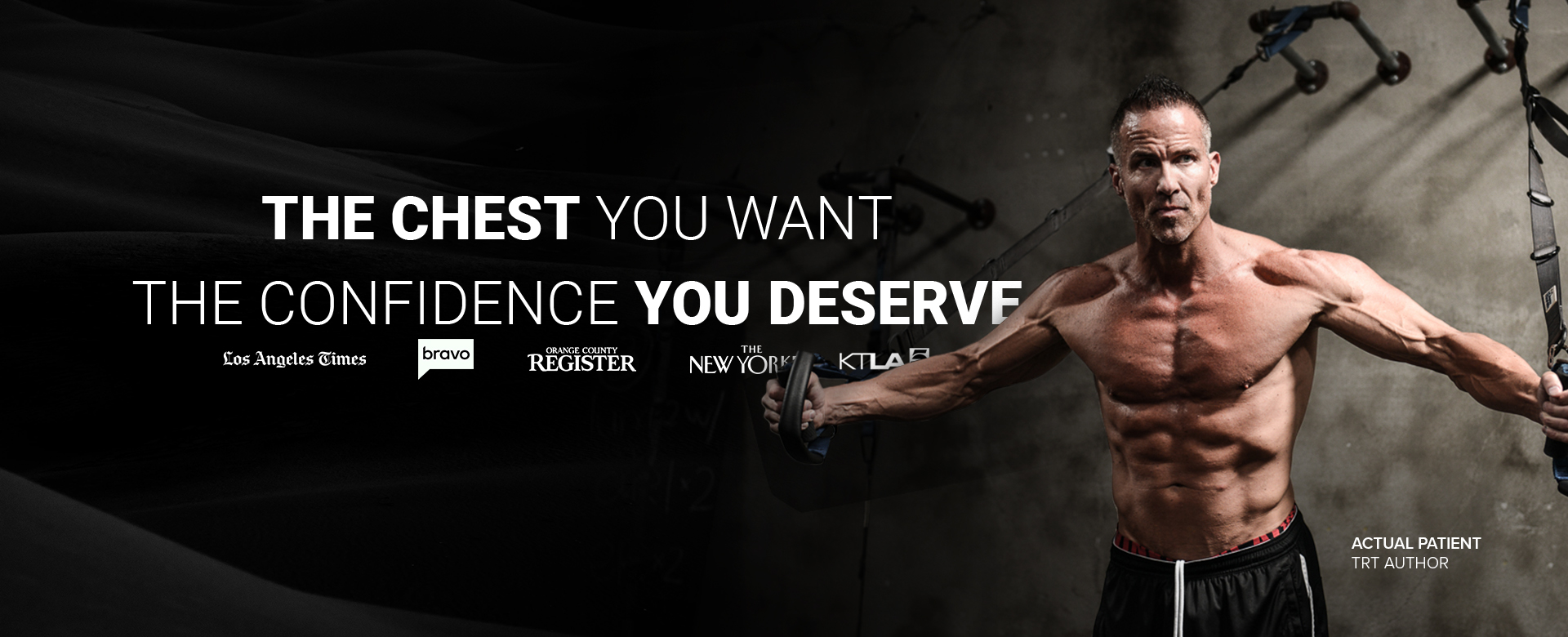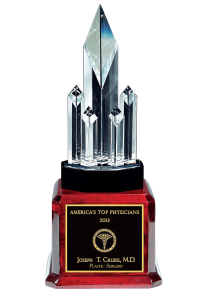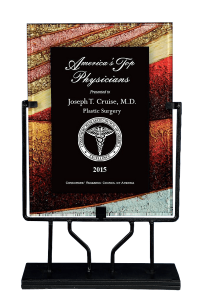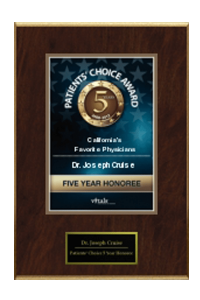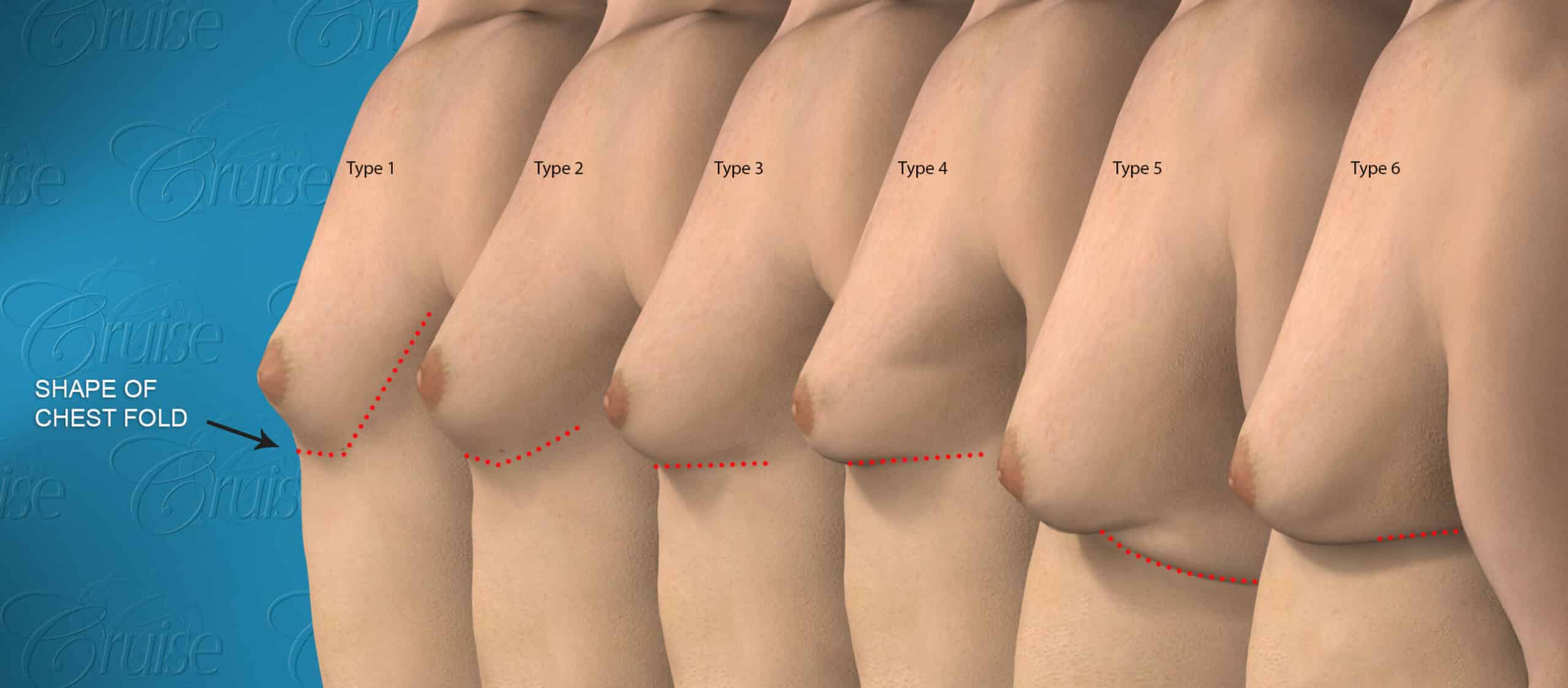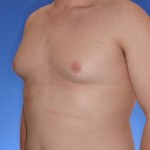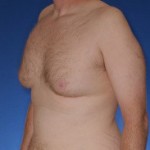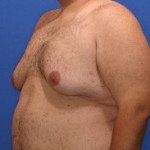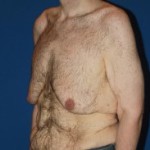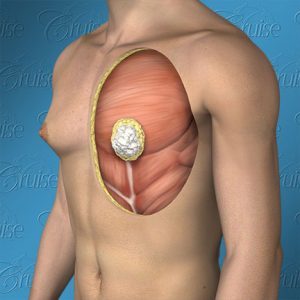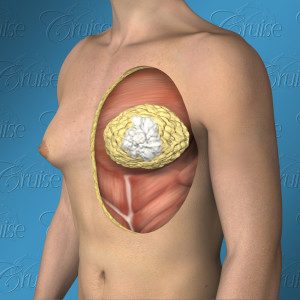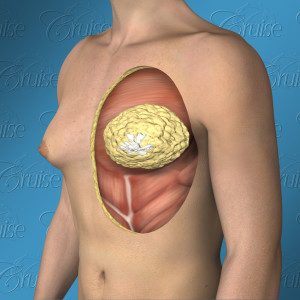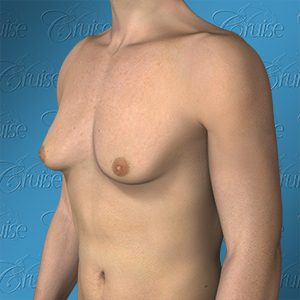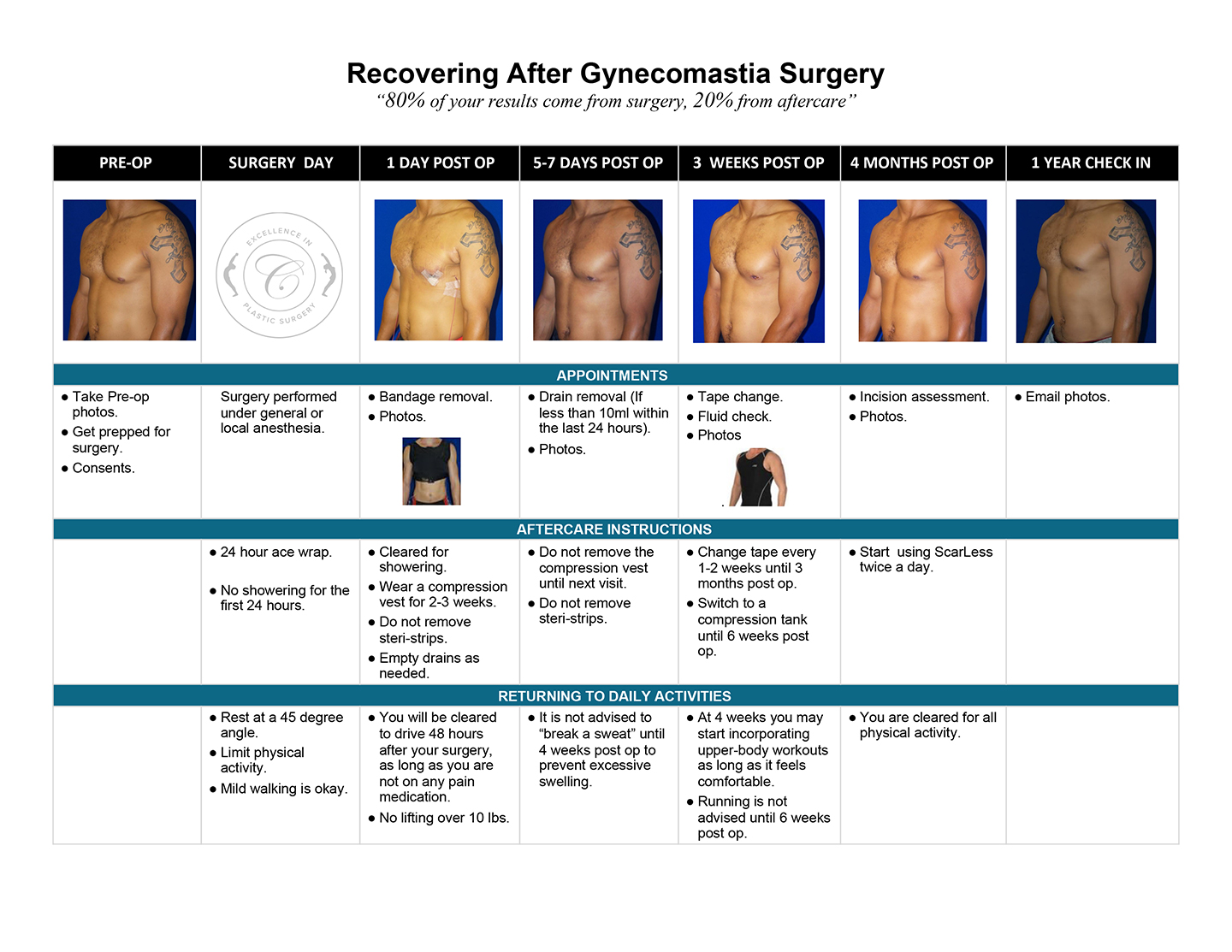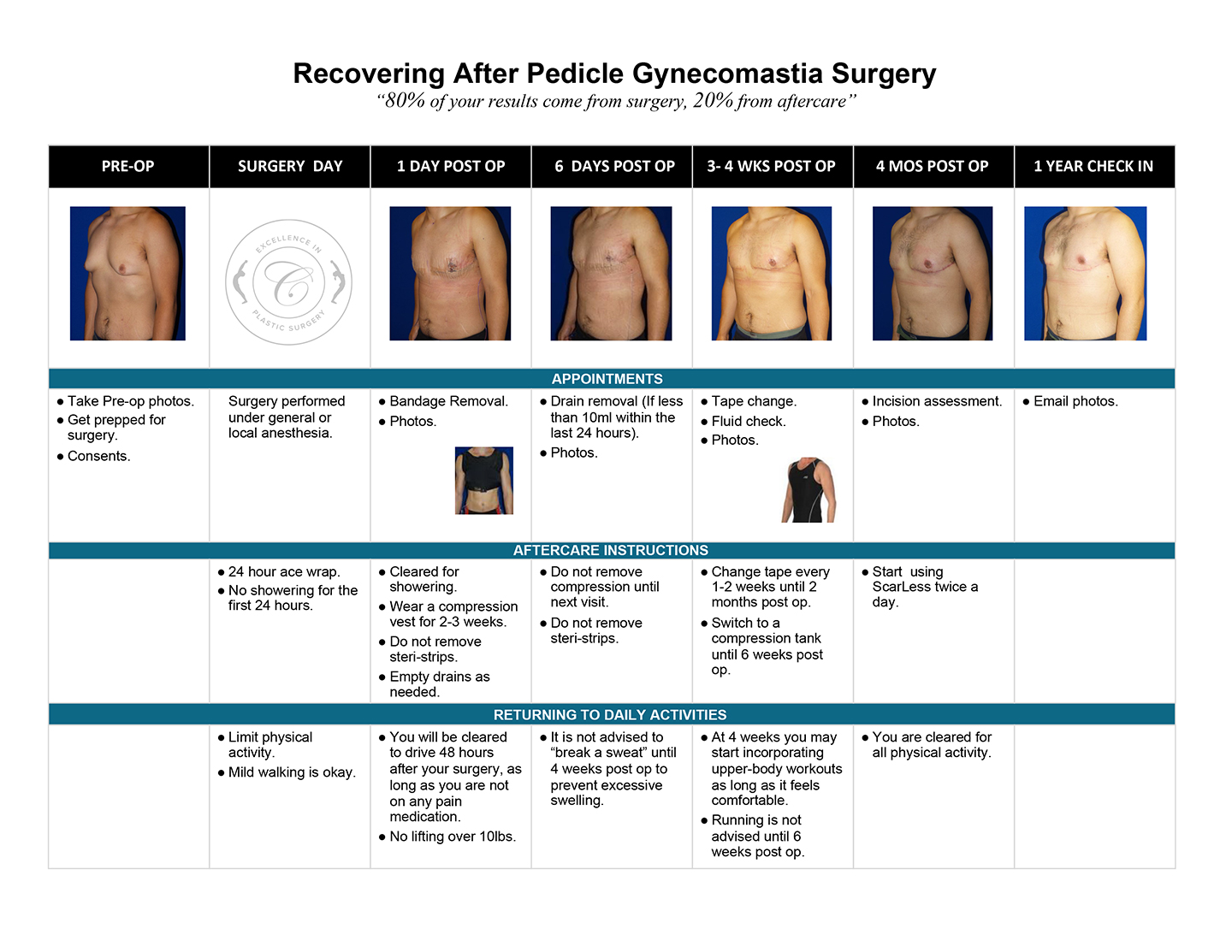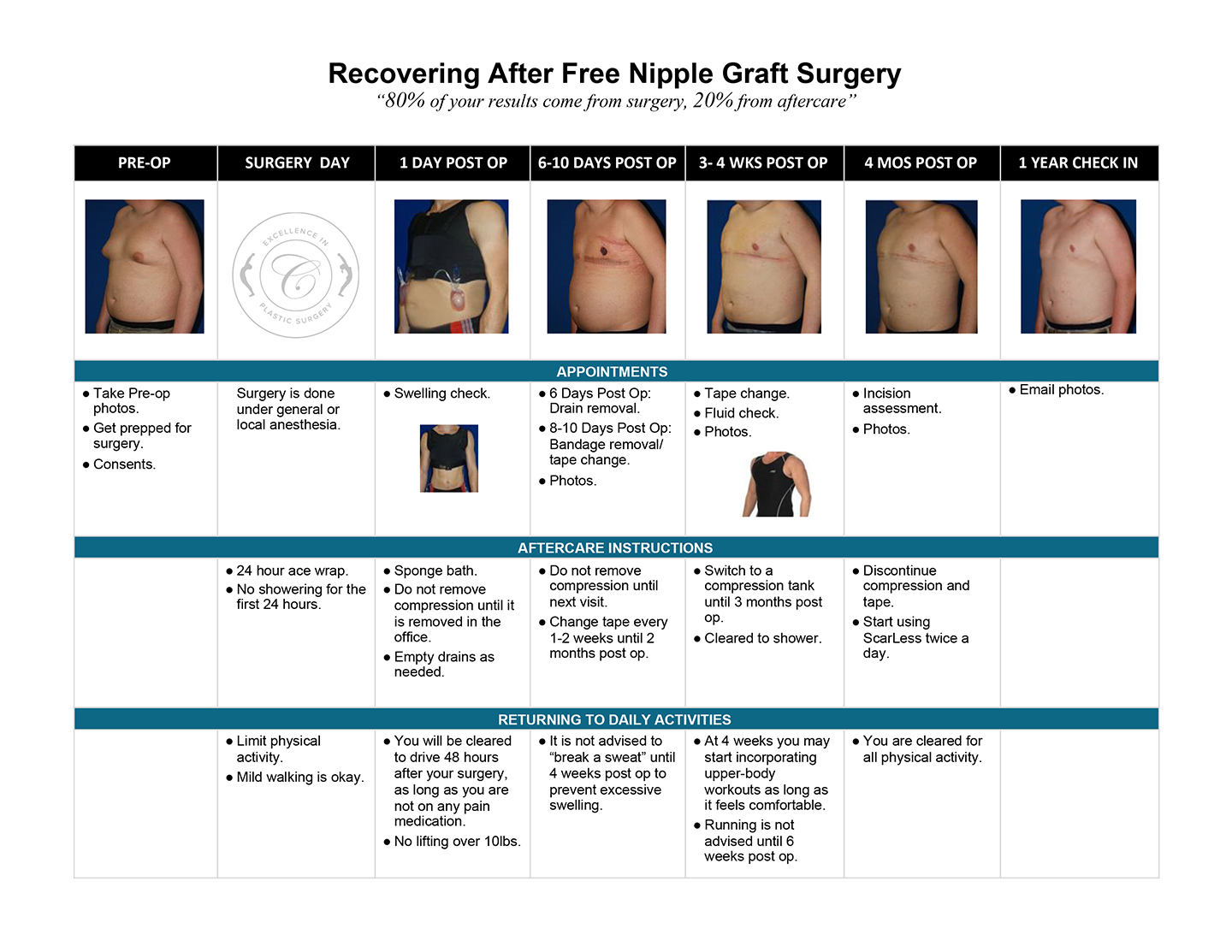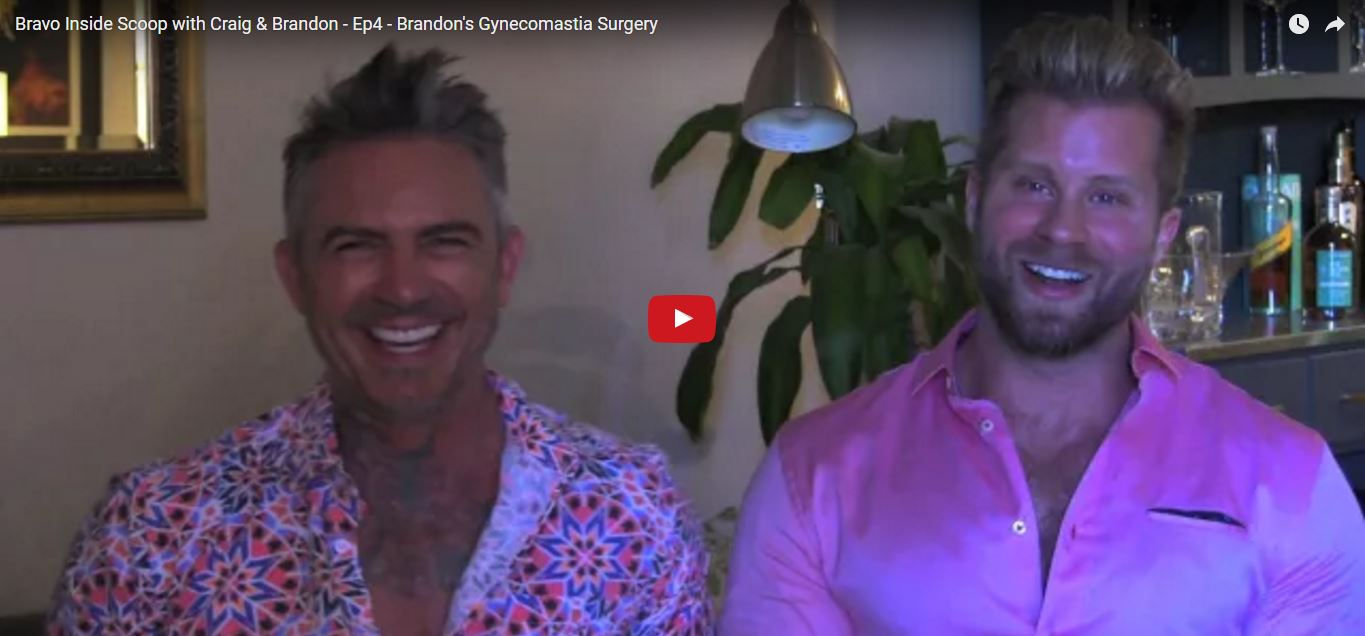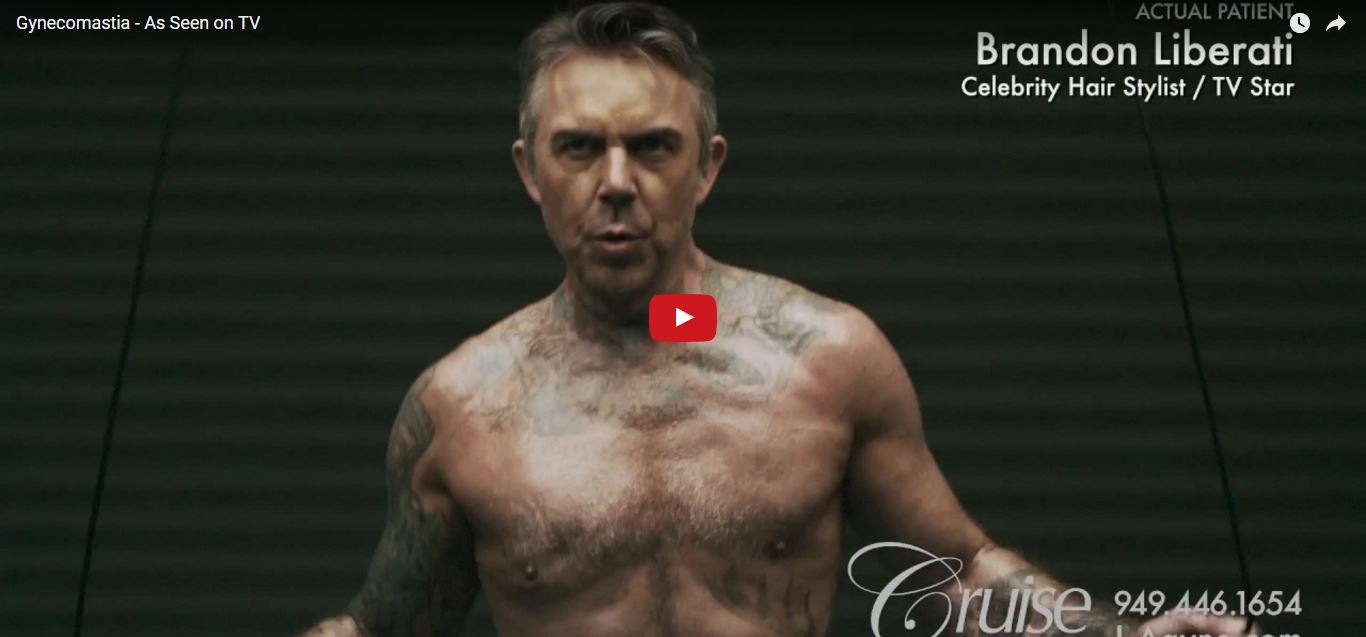Gynecomastia
Excellence in Gynecomastia Surgery (Male Breast Reduction)
Joseph T. Cruise, M.D.
Gynecomastia Specialist & Board Certified Plastic Surgeon
Cruise Classification System
Joseph T Cruise, MD developed the Cruise Classification System as a way of diagraming each type of gynecomastia, along with his recommended treatment plan for each. Look at the diagram below to find the type which represents you. Click on the type for information about the treatment, healing process, cost and more.
What is Gynecomastia?
Gynecomastia, a.k.a gyne, gyno, or man boobs, is the condition where male breasts become enlarged, either because of excess breast tissue or excess fat. All men have breast tissue. It is the same tissue as women, but typically in lesser amounts. Men afflicted by gynecomastia have breast tissue that grows considerably, typically under the nipple and areola. Breast tissue is harder to the touch than breast fat, and is described as being both firm and squishy, rather than flabby like breast fat. Gynecomastia is not as much about the condition as it is the humiliation and insecurity of having it.
Ideally, male breasts have toned muscles and are well defined, with nipples that point forward and follow a line from the shoulder to the waist which helps create the image of an ideal masculine triangular upper body. When the male breast becomes fatty and begins to sag, it will develop a crease underneath with a fold of tissue over it, nipples that point downward, and excess chest volume – all of which are more similar to the female breast shape than the ideal male chest.
Newport Beach plastic surgeon, Dr. Joseph T. Cruise is a leading expert in gynecomastia performing over 250 surgeries male breast reduction surgeries each year. Joseph T Cruise, MD is dedicated to the specialization of gynecomastia and is considered one of the top 5 gynecomastia surgeons in the United States.
Joseph T Cruise, MD and his Orange County staff have developed this comprehensive gynecomastia section as a resource for men looking for information about gynecomastia surgery to correct their condition, giving them the ideal male chest they desire. Additionally, Joseph T Cruise, MD wants to ensure that you have all the information you need in order to make a decision that will achieve your goals and eliminate your concerns.
View our numerous testimonials and before and after gynecomastia pictures.
Joseph T Cruise, MD's years of specialization and experience has enabled him to perfect his surgical techniques and provide his patients predictable results they can be happy with. In fact, his gynecomastia surgery has become so advanced and efficient that most of the procedures are done under local anesthesia while the patient is watching movies on Netflix.
“Many men who suffer from gynecomastia do not seek treatment mostly because they do not know a surgeon whom they can trust. If they knew of a place to go dedicated to gynecomastia; a place where they could get predictably good results often under local anesthesia, most would have it taken care of.” Joseph T Cruise, MD
The more severe gynecomastia cases are usually performed under general anesthesia in a medicare accredited outpatient surgery center. Still, having exposure to this many cases has allowed for Joseph T Cruise, MD to achieve great results even with the most severe cases. This is particularly true with the massive weight loss patient.
Experience alone does not make a great result. Joseph T Cruise, MD and the entire staff at Cruise Plastic Surgery are both passionate and knowledgeable about the unique physical and emotional issues associated with gynecomastia. They understand the toll gynecomastia has taken on their lives and the courage it takes to come forward with the problem. Everyone at Cruise Plastic Surgery from the front desk team, to the nurses, patient care coordinator, and Joseph T Cruise, MD are there every step of the way throughout your surgical journey.
Puffy Nipple is one of the most common types of gynecomastia. The "puffy" appearance is caused by an excess amount of breast tissue underneath the nipple and areola that pushes the nipple outward and makes it overly visible, especially in thin shirts. There is typically very little fat (shown in yellow) contributing to the problem, unlike with classic and fatty gyne.
Classic gynecomastia is the most common type of gynecomastia. This is when the enlarged breast is caused by a combination of excess breast tissue and an excess of fatty tissue. In most cases, the excess breast tissue is located under the nipple and it can be felt by pinching the area underneath the nipple. It will feel firm and a rubbery or squishy.
Fatty gynecomastia (a.k.a. Pseudo-gynecomasita) is characterized as being primarily made up of fatty tissue. In many cases, however, there is usually some mild component of breast tissue as well. Weight loss is usually the first course of action with this type of gyne.
Saggy Gynecomastia is defined by significant excess skin causing the areola and nipple to drop downward and sit on the lower portion of the chest. This type isn't as common because it usually occurs in patients who have experienced significant weight loss. Mild saggy gynecomastia will often times be seen in the aging male due to loss of skin elasticity and hormone changes.
Causes of Gynecomastia
Often, the exact cause of a person’s gynecomastia cannot be pinpointed. The causes can range from intake of medications, to genetic predisposition, to hormonal changes. In fact, it is not uncommon for healthy teenage boys, usually around 14 years old, to have this problem for 1 to 2 years while going through puberty.
While certain diseases and medications may be the cause, men with breasts should discuss this possibility, and perhaps undergo a physical exam, with their family doctor before considering cosmetic surgery to correct their concerns.
Some of medications and chemicals known to cause gynecomastia are: estrogens, digitalis, clomiphene, ketoconazole, metronidazole, cisplatin, spironolactone, cimetidine, isoniazid, methyldopa, tricyclic antidepressants, valium, heroin, and marijuana. Read more about steroid use and gynecomastia here.
If you have taken any of these medications, you may want to discuss your condition and your prescription with your physician.
Excess weight can cause detrimental hormonal imbalances, so you may consider a weight-loss treatment course to reduce the size of your chest and improve your health before considering surgery. You may also want to find out about the possibility of liver problems, as they can contribute to male breast enlargement as well.
Healing Progression
Additional resources when researching about gynecomastia surgery:
Anesthesia Types - learn about local and general anesthesia.
Cost and Financing - it is helpful to have an idea about the cost of surgery, as well as financing options available should you need assistance.
Healing Process - educating yourself about the healing process following gynecomastia surgery will help you plan and prepare, which will reduce the stress of having surgery.
Out of Town Patients - if you are traveling from out of the area, please read through our out of town section to learn everything you need to know about having surgery with Joseph T Cruise, MD.
Before and After Photos - Joseph T Cruise, MD has the most comprehensive gynecomastia before and after photo gallery on the Internet.
Contact Us - Fill out the form below or call: 949-644-4808

